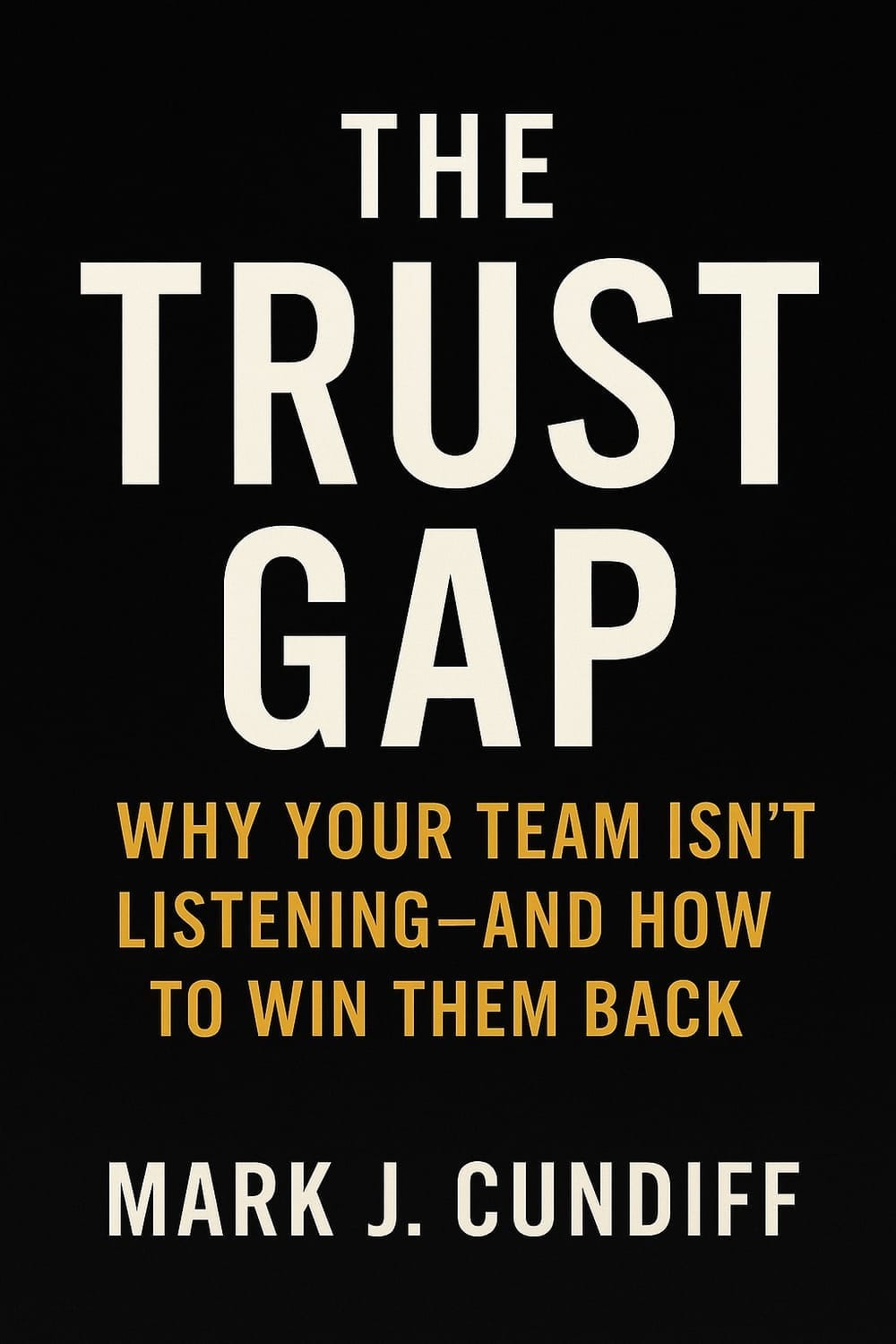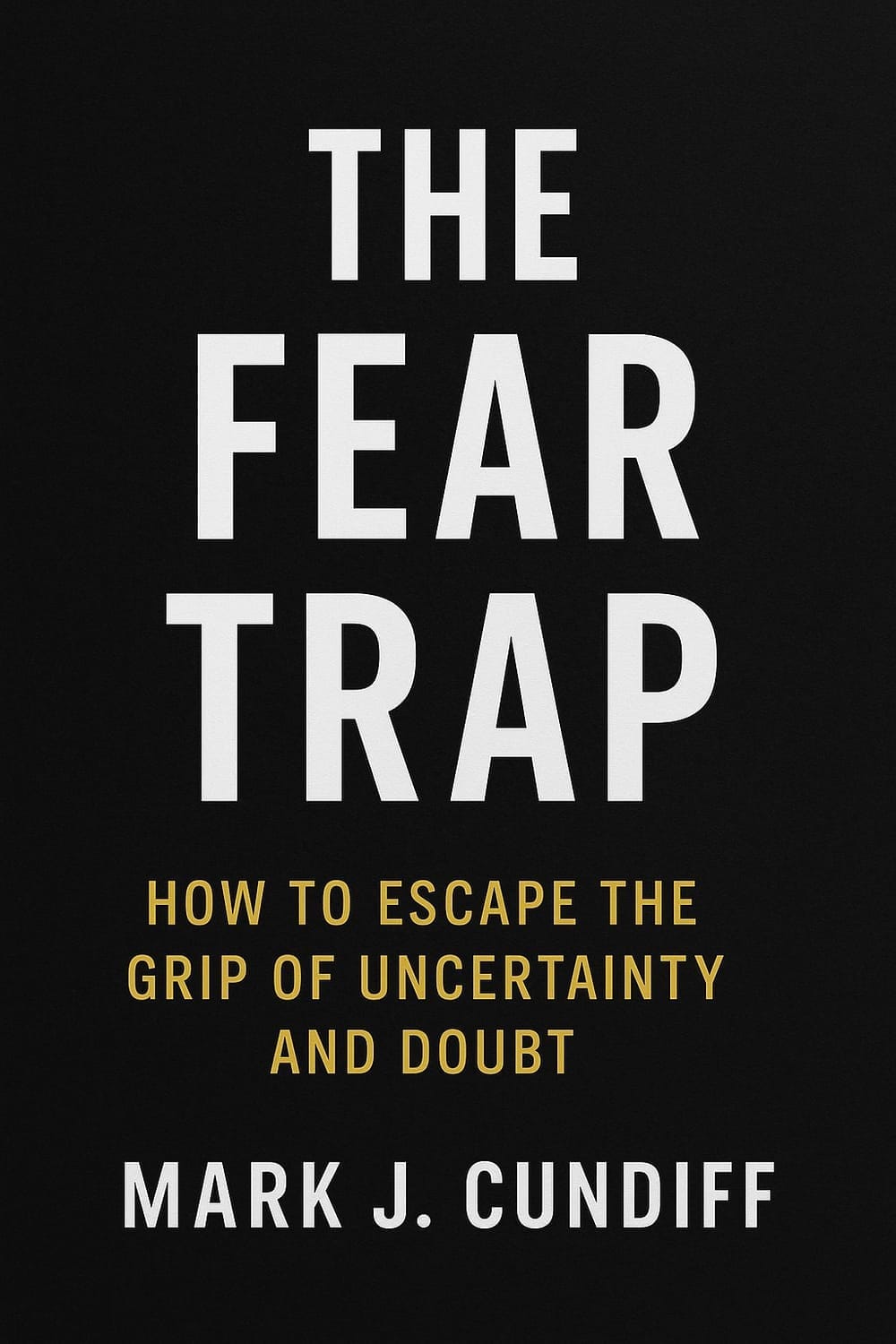Six Thinking Hats by Edward de Bono - Book Summary

The Six Thinking Hats: Transform How Your Team Thinks Together
In leadership, it's not just what we think that matters—it's how we think together.
Have you ever watched a brilliant idea die in the crossfire of competing perspectives? Or witnessed the spark of innovation get snuffed out by premature criticism? Maybe you've been in those long meetings where endless debates go in circles, causing missed opportunities.
I've been there too. And I've learned that the greatest barrier to breakthrough thinking isn't a lack of smart people—it's how those smart people think together.
The truth is, most teams don't have a creativity problem. They have a thinking process problem.
What if you could transform how your team approaches challenges? What if, instead of wearing their usual "hats"—like the critic, the optimist, or the data person—you helped your team change perspectives together?
Dr. Edward de Bono's Six Thinking Hats method is brilliant. It changes how leaders at IBM, NASA, and other organizations solve complex problems. It's not just another meeting technique; it's a complete reimagining of collaborative thinking.
In this guide, I'll walk you through how this powerful yet surprisingly simple approach can help you:
Cut meeting time in half while doubling productivity
Surface brilliant ideas that might otherwise remain buried
Build genuine alignment instead of forced consensus
Create psychological safety for both critical and creative thinking
Let's discover how changing our "hats" can change everything about how we solve problems together.
Key Takeaways: Mastering the Six Thinking Hats
Better thinking happens by design, not by accident.
The Six Thinking Hats offers a clear way to look at problems from different sides. This method helps avoid letting personalities steer the discussion.
Separate thinking modes prevent mental gridlock.
When everyone thinks alike—about facts, feelings, risks, opportunities, new ideas, or processes—teams can avoid conflicts.
Each hat serves a crucial purpose:
⚪ 🎩 White Hat — Facts & Information: Grounds decisions in reality, not assumptions
🔴 🎩 Red Hat — Feelings & Intuition: Validates intuition and brings emotional intelligence into decisions
⚫ 🎩 Black Hat — Caution & Risk: Identifies risks before they become problems
🟡 🎩 Yellow Hat — Optimism & Benefits: Spots opportunities and builds momentum
🟢 🎩 Green Hat — Creativity & New Ideas: Generates fresh solutions beyond the obvious
🔵 🎩 Blue Hat — Process & Control: Ensures structured, purposeful conversations
Balanced thinking leads to better outcomes.
Teams that use all six perspectives make better decisions than those that stick to their favorite styles.
Implementation starts small. Start your next meeting by introducing one or two hats. You might say, "Let's take 5 minutes for Yellow Hat thinking" if enthusiasm is low.
The framework builds psychological safety.
When critique is contained to "Black Hat time," team members feel safer sharing creative ideas during "Green Hat time."
As the leader, your main job is Blue Hat thinking. Guide the process, ensure all perspectives get airtime, and help your team develop thinking agility over time.
The Six Thinking Hats is more than a meeting tool. It’s a leadership philosophy. It shows how structured, collaborative thinking can help your team reach its full potential.
Ready to transform how your team thinks together? In the next sections, we’ll dive into each hat. We'll also give practical tips for your leadership situation.
Here comes Dr. Edward de Bono’s Six Thinking Hats. It’s a simple method. It helps teams use different viewpoints. Plus, it keeps meetings from becoming a mental tug-of-war.
The Power of Thinking in Hats
Each “hat” represents a unique mode of thinking. Instead of arguing over whose idea is better, the Six Thinking Hats model helps teams move through every relevant perspective—intentionally and efficiently. You’re not reacting—you’re collaborating. You're not just debating—you’re building.
Here’s a quick look at each hat and how you can use it to elevate your team’s thinking process:
⚪ 🎩 White Hat: The Facts Hat — “Let’s look at the data.”
The White Hat is all about objectivity. It doesn’t care what you feel or hope—it just wants to know what you know.
As a leader, you need this hat when you’re assessing reality:
What do we know for sure?
What are we assuming?
What do we still need to find out?
In strategy meetings, it’s easy to leap to opinions. But the White Hat anchors you in what’s real. It helps teams avoid building big ideas on shaky assumptions.
Use it when:
You're launching a new product and need a clear-eyed view of market data
You're making budget decisions based on performance metrics
You're trying to separate facts from feelings in a heated discussion
Watch out for: slipping opinions or interpretations into what should be neutral facts.
🔴 🎩 Red Hat: The Emotions Hat — “Here’s how I really feel.”
This hat legitimizes something that often goes underground in professional settings: emotion.
Red Hat thinking creates space for gut feelings, instincts, and unspoken hunches. It helps surface those “I don’t know why, but this feels off” moments that—if ignored—can derail decisions later.
You don’t need to justify feelings here. That’s the power of the Red Hat. It brings emotional honesty to the thinking process.
Use it when:
You're about to roll out a change and want to gauge emotional resistance
A team member feels uneasy about a direction, but can't quite explain why
You need to name the “elephant in the room” that’s affecting team morale
Watch out for: letting emotions dominate the process—this hat is one voice, not the whole choir.
⚫ 🎩 Black Hat: The Caution Hat — “What could go wrong?”
The Black Hat is the realist—and often, the reluctant hero in leadership thinking.
This hat is not about being negative for the sake of it. It’s about using critical thinking and risk assessment to protect the mission. Black Hat thinking ensures you don’t blindly fall in love with your own ideas.
Use it when:
You're weighing the potential consequences of a strategic shift
You need to test a creative idea before it goes public
You want to prepare for worst-case scenarios in a plan or proposal
Black Hat thinking forces us to slow down and look for weaknesses before our stakeholders or customers do.
Watch out for: overuse. Too much Black Hat can kill momentum, demoralize teams, and stall innovation. It’s a guardrail, not a brake pedal.
🟡 🎩 Yellow Hat: The Optimism Hat — “What’s the upside?”
Yellow Hat thinking looks for value, benefits, and opportunity. It doesn't ignore risks, but it balances them with possibilities.
This hat helps your team dream again. It asks:
How could this succeed?
What strengths do we already have?
What good might come out of this?
It builds resilience by helping your team focus on what’s working and what could work even better.
Use it when:
You’re trying to motivate a team that’s hit a wall.
You want to reframe a challenge into an opportunity.
You’re building support for a high-potential but unproven idea.
Watch out for: blind optimism or ignoring real risks (that’s why the Black Hat exists).
🟢 🎩 Green Hat: The Creativity Hat — “What else is possible?”
Green Hat thinking is where new ideas are born.
This is the hat of lateral thinking, of reframing, of disruption. Green Hat sessions are safe spaces to suggest the unproven, the offbeat, the “what if?” It’s where you go when your team is stuck or your strategy needs fresh energy.
Use it when:
You’re designing a new product or initiative.
You need breakthrough thinking to solve a persistent problem.
You want to explore ideas without immediate judgment.
Watch out for: jumping into critique too quickly. Green Hat time is for expansion, not evaluation.
Leadership Tip: Schedule dedicated Green Hat time. Your team needs permission to stop “solving” and start “exploring.”
🔵 🎩 Blue Ha: The Process Hat — “Let’s think about how we’re thinking.”
The Blue Hat is the thinking about thinking hat. It’s your facilitator, your agenda-setter, your discussion architect.
As a leader, you likely wear the Blue Hat more often than you realize. You’re the one guiding the conversation, framing the questions, and making sure each hat gets its turn at the table.
Use it when:
Kicking off a strategy session (“What’s our goal today?”)
Midway through a conversation that’s going off the rails (“Let’s refocus…”)
Closing a meeting and identifying next steps (“What did we decide?”)
Watch out for: being overly rigid or skipping hats to save time. The Blue Hat's job is to protect the whole process, not just the clock.
Final Word: Leadership Requires All the Hats
The genius of Dr. de Bono’s Six Thinking Hats isn’t just the creativity or clarity it brings. It’s the humility it demands.
No single hat is enough. No one hat has all the answers.
Great leadership means knowing which hat to wear when and teaching your team to do the same.
When you lead this way—with structure, curiosity, and care—you don’t just get better ideas. You build better teams. You make better decisions. You become a better leader.
Action Step for Leaders
This week, invite your team to wear one hat during a decision-making conversation. You’ll be surprised at what happens when everyone sees the same issue—from the same angle, for once.
And if you’ve been wearing the same hat every day, maybe it’s time to try on a new one.
Join over 3,900 Fellow Leaders reading The Learning To Lead Newsletter each week!
Recent Articles

Join over 3,900 Fellow Leaders reading The Learning To Lead Newsletter each week!
©2025 Learning To Lead | Helping Good Leaders Become Great Leaders


